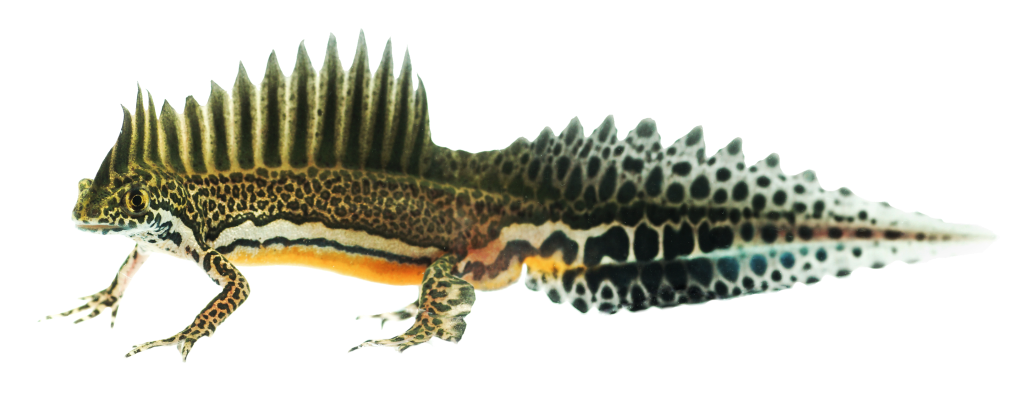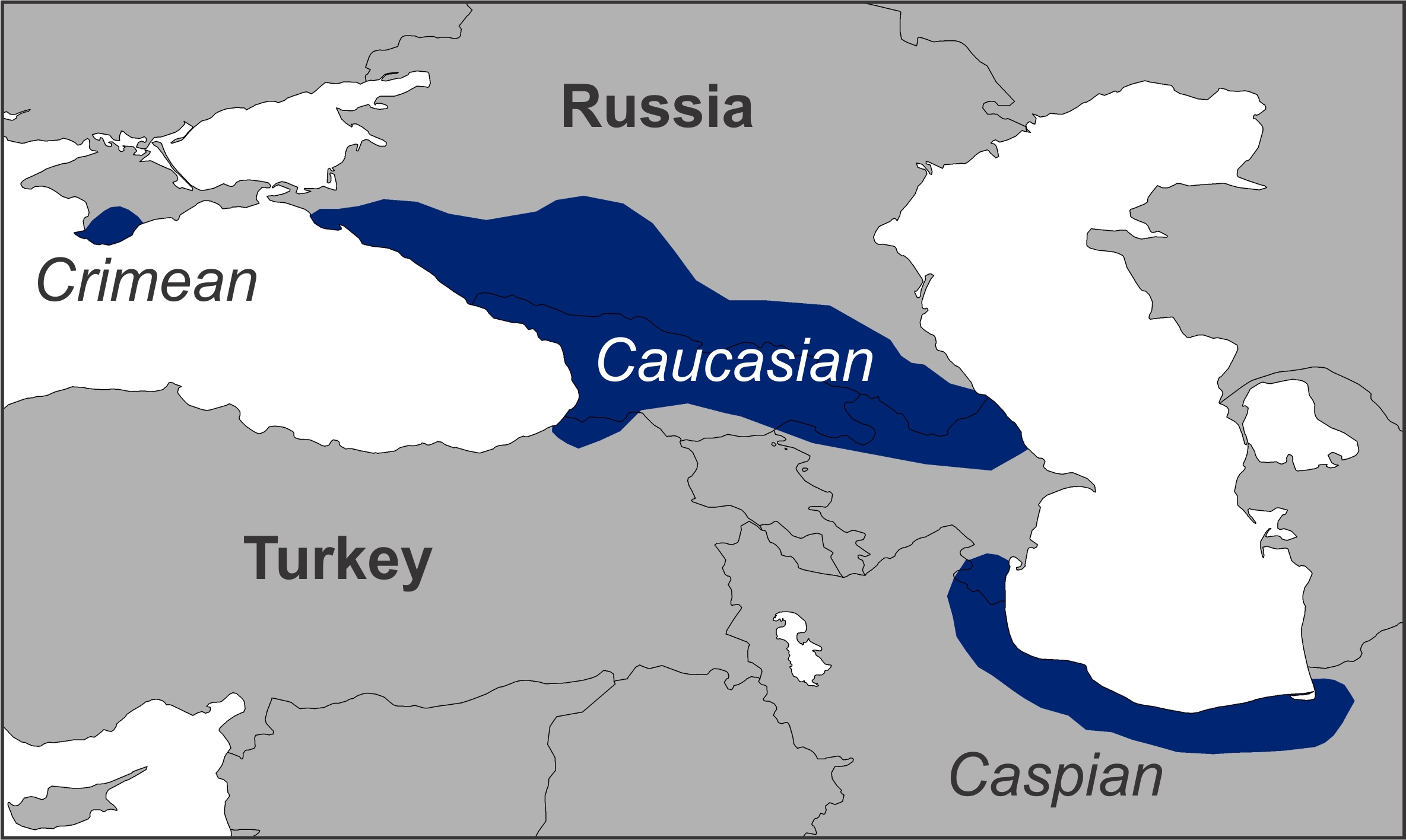
In a big chunk of France, the crested newt Triturus cristatus and the marbled newt T. marmoratus live alongside one another. Sometimes things get frisky: about one in 25 adult Triturus newts here is a first generation (F1) hybrid between the two species. The fitness of these F1 hybrids is pretty lousy, but it turns out they are not a complete evolutionary dead end either. In a paper just out in Evolutionary Applications we show that deeper generation hybrids do exist, albeit very rarely. The non-zero fitness of hybrids provides a window of opportunity for gene flow between the two parent species. This gene flow appears to be skewed from marbled toward crested newts (confirming a previous finding that linked this pattern to hybrid zone movement). There are also some weird biases in which F1 hybrids survive (expanding upon a previous finding). If the mother is a crested newt, the majority of offspring is female (meaning more males die). On the other hand, offspring of marbled newt mothers are mostly males (so here more females die). You really need DNA to unveil all this stuff!
Reference: Arntzen, J.W., Jehle, R., Wielstra, B. (2021). Genetic and morphological data demonstrate hybridization and backcrossing in salamanders at the far end of the speciation continuum. Evolutionary Applications 14(12): 2784-2793.
















